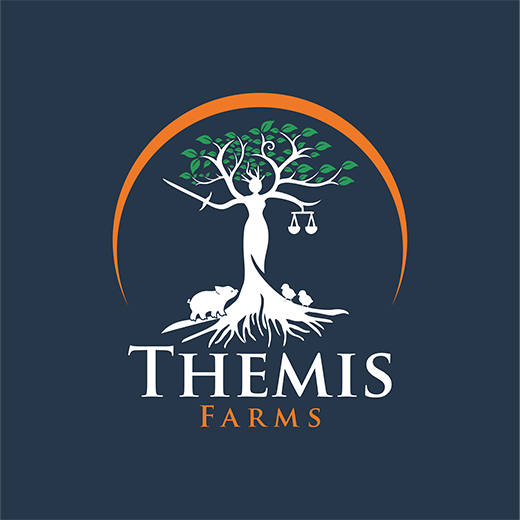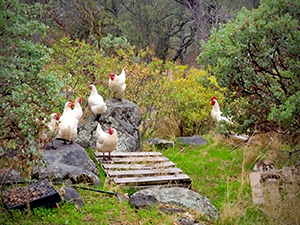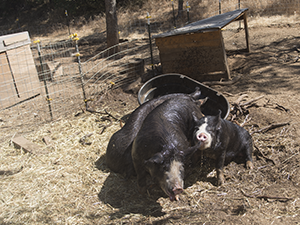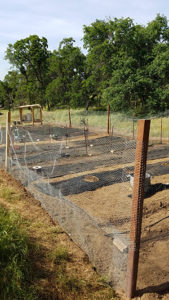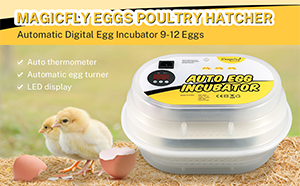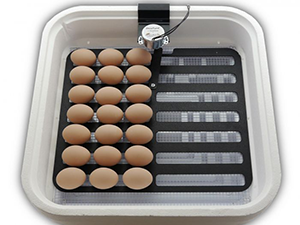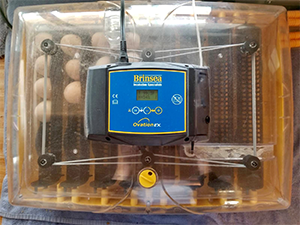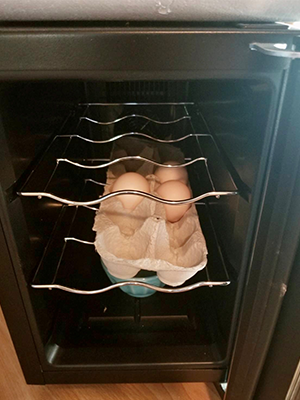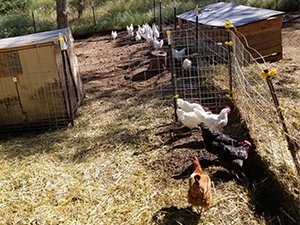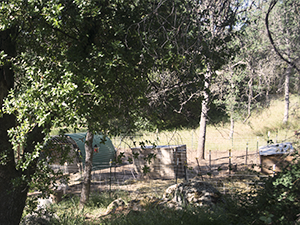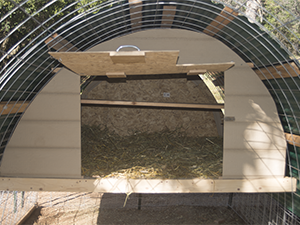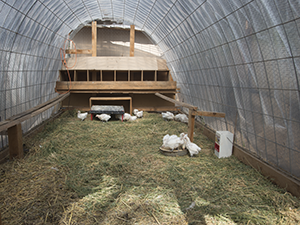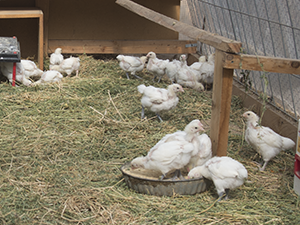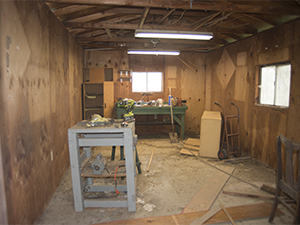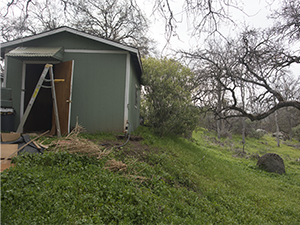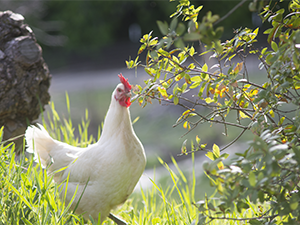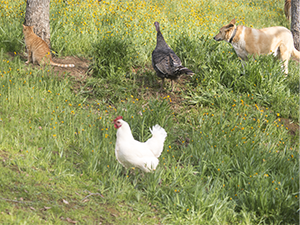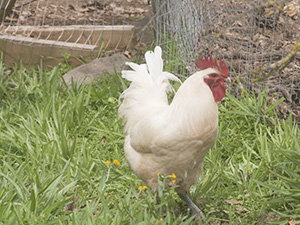
We Can Work Together to Improve the Bresse Chicken
We have received a lot of interest lately in our Sequoia Bresse breeding program. Spring is coming and it’s time to start thinking about raising chicks for harvest in the autumn. If you’re just going to raise chickens for harvest (farm to table), breeding perfect genetics is not the best use of your time, effort, and feed cost. But if you want to raise Bresse chickens to perpetuate the breed, you’ll want to find quality chicks for your breeding stock.
Early days
We originally began raising Bresse chickens because they produce superior meat quality, particularly in taste and texture. Then we learned more about Bresse and the breed’s “standards of perfection.” We became curious about breeding our chickens to create our own closed, stabilized flock to create a hardy, disease-resistant breed. Once we ventured down this road, we couldn’t find many farms emphasizing any type of breeding program.
It was a turning point for us when we began studying chicken breeding from Kenny Troiano at The Breeders Academy. We began with the premise that the genetics of the breed originate from one farm. That farm is Greenfire Farms who imported the original family from France and began a breeding program. They sell their Bresse hatching eggs around the country (and possibly Canada). Many small farms in the U.S. began breeding Bresse and selling hatching eggs.
However, there was buzz in the Bresse community. Some farms began complaining about the lack of quality of the chicks they were receiving. (We have no idea if this was true or not.) To address this, the rumor is that GF may have injected new blood into its flock (a breeding term called outcrossing).
Getting our breeding programs started
Our experience with the Bresse chickens we purchased from GF and two other farms: out of about 30 chicks delivered, roughly 20-22 survived. This prompted us to seek Kenny’s help about how to create a proper breeding program. One thing Kenny taught was to “start where we were at” and not introduce anymore unknown genetics into our flock. This created a closed flock. As we discuss in our YouTube videos, Kenny suggested a simple spiral mating program to get our flock started. Linebreeding would be a side program to generate an Adam and Eve for a potential superior strain 3-5 generations down the line. Those superior birds would be integrated and/or replace chickens from the spiral mating program.
Following Kenny’s advice, we hatched eggs from the roosters and hens we received from GF and two other smaller farms. (At the time, we didn’t know those also had GF origins.) From those chickens, we hatched and raised about 80 chickens. About a dozen or more of these have been culled for automatic defects. Recently, we culled 21 roosters from the approximate 40 or so that did not meet the required trifecta – conformation of body, function, and beauty. We found 3 solid roosters as contenders for the spiral mating program. (We’ve got another YouTube episode planned showcasing the 3 we chose.)
It’s a work in process
Presently, we’re still waiting for the last of the roosters to reach the same age as the roosters we just selected. Then we’ll assess them for suitability as potential contenders in the spiral mating or linebreeding program. We won’t begin selling any hatching eggs until we have our final contenders for the spiral mating program. This will be 3-4 of our best roosters and roughly 30-40 of the best hens. The absolute standout rooster and hen will be selected as our Adam and Eve for the linebreeding program.
Diversity in a genetic pool
No matter how you decide to establish your breeding stock, you’ll always have to employ some type of breeding program. This is necessary to maintain some basic diversity in your family. What does this mean? We don’t breed siblings over and over without intervening systems such as linebreeding. This will help prevent inbreeding depression. For chickens, this would probably not happen in the first generation. But it could start to rear its ugly head in successive generations if we don’t separate siblings by breeding them son to mother, son to grandmother, son to great grandmother, etc. Siblings can then be bred together to achieve certain genetic standout qualities.
The takeaway . . .
We are new farmers, not experts. That’s why we encourage participating in Kenny’s The Breeders Academy. We know we keep recommending his course – and we have no affiliation (maybe we should, huh?). But if you’re serious about learning from an expert, head over to his website. We had a blast learning about breeding, genetics, Darwin and more.
If you’re interested in starting your own family of Bresse chickens, we will have hatching eggs for sale beginning in March 2022.
